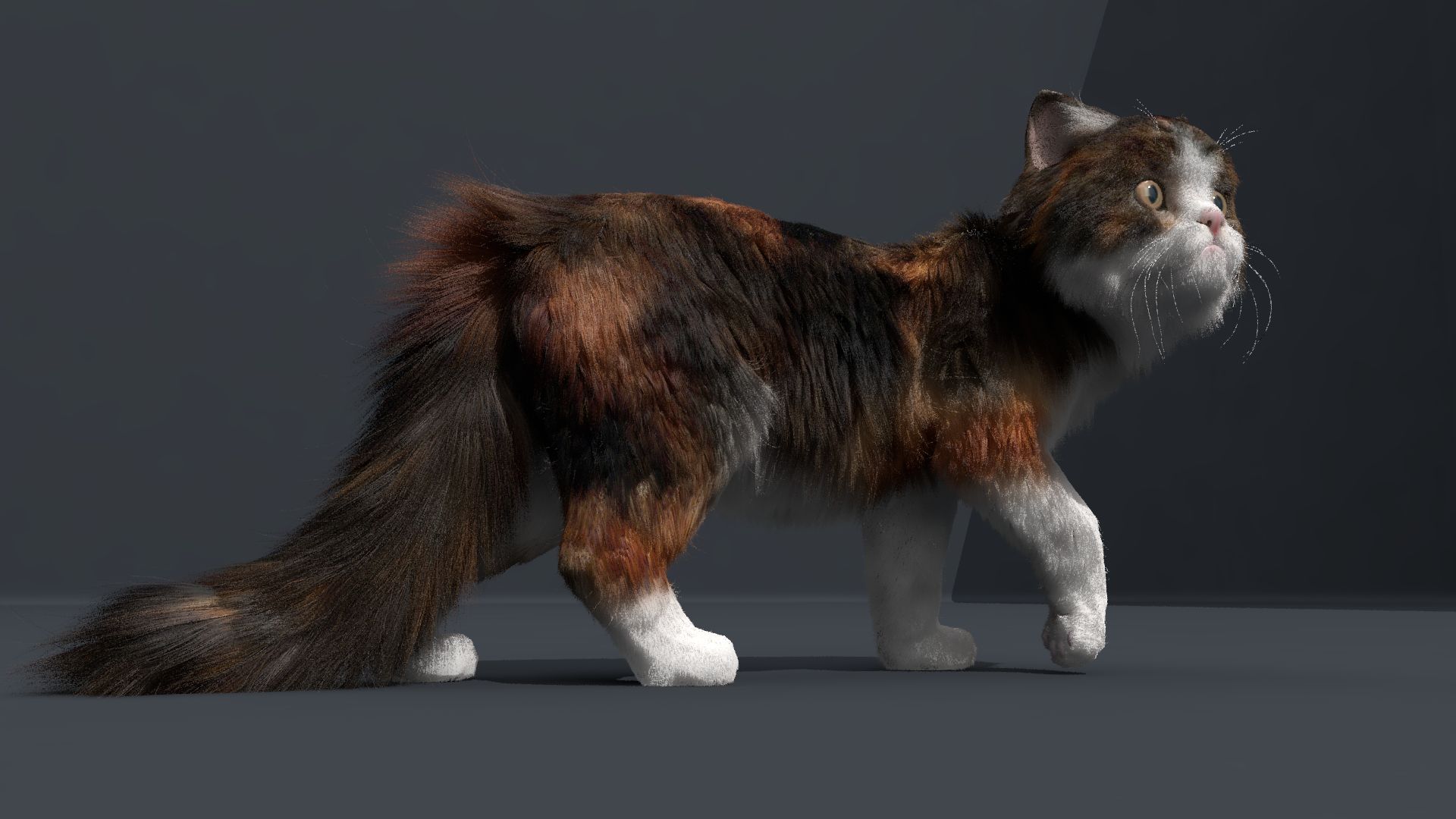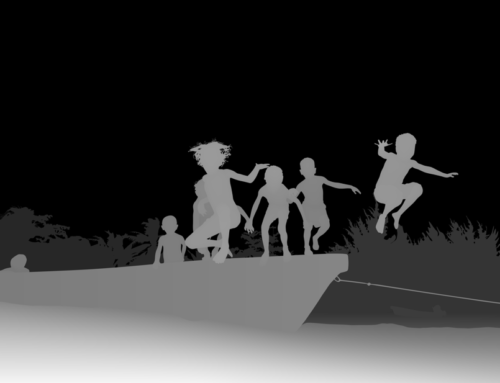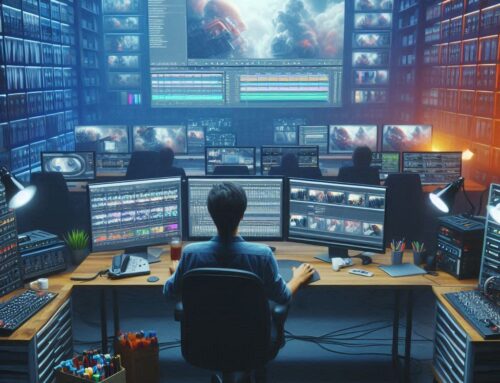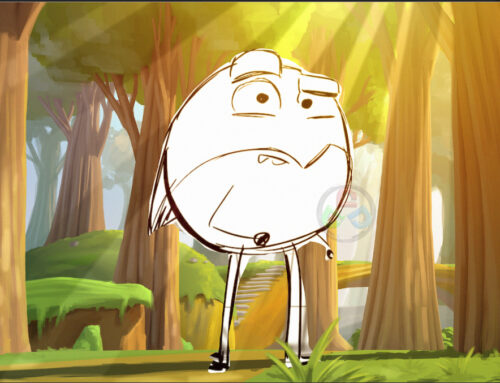Sculpting Realistic Fur in 3D Modeling

When delving into the realm of 3D modeling, mastering the art of crafting realistic fur is a crucial skill. From selecting the right software to refining the intricate details, every step plays a pivotal role in achieving lifelike results. In this guide, we’ll explore the essential techniques and considerations for mastering fur in 3D modeling.
Choose your software to create Fur in 3D Modeling
When you start shaping real fur in a 3D model, it is important to choose the right software. The journey begins with selecting the appropriate software for your fur sculpting endeavors. With a plethora of options available, including Blender, ZBrush, Maya, 3ds Max, and Cinema 4D, it’s essential to explore their unique features and workflows tailored for fur manipulation. Whether it’s dedicated tools like FiberMesh and Particle Hair or plugins like XGen and Ornatrix, experimentation is key to finding the perfect fit for your project needs and artistic preferences.
Using Pictures
Using pictures is important for understanding the complexities and changes in anatomy, structure, color and diversity. Incorporating visual references is crucial for understanding the complexities of fur anatomy, structure, and color variation. Real images of animals serve as valuable guides, providing insights into fur behavior under different lighting conditions and environments. By carefully analyzing these images, you can ensure that your fur not only looks authentic but also behaves realistically in your 3D model.
Create a base mesh
Before diving into fur sculpting, laying down a solid foundation with a meticulously crafted base mesh is essential. Techniques such as polygon modeling, sculpting, or retopology can be employed to create a clean, detailed mesh that accurately captures the essential features and proportions of your subject. Avoiding unnecessary geometry ensures smooth and consistent fur manipulation throughout the sculpting process.
Create the hair
With the base mesh in place, it’s time to bring your fur to life using your chosen software’s hair creation tools. Adjusting parameters such as speed, length, thickness, and color allows you to control the growth and appearance of the fur. By referencing images and sketches, you can achieve the desired feathered look while considering the scale and resolution of your model for optimal rendering performance.
Hair Care – Fur in 3D Modeling
Grooming plays a vital role in refining the appearance and direction of your fur. Utilizing tools such as brushing, combing, cutting, and masking allows you to sculpt the fur to align with the natural movement of your subject. Refinement also enables the incorporation of intricate details, enhancing the overall realism of your fur.
Creating Fur
The final step involves enhancing the visual appeal of your fur through rendering techniques such as ray tracing, global illumination, and background rendering. These techniques add depth, texture, and realism to your fur, seamlessly integrating it into your scene and captivating your audience.
Additional Notes
While the steps outlined above cover the fundamentals of fur sculpting in 3D modeling, it’s essential to continue experimenting with different techniques and drawing inspiration from nature. Staying updated with industry trends ensures that you’re constantly honing your skills and pushing the boundaries of fur sculpting in 3D modeling.
Q&A Section:
1. What challenges arise when styling fur in 3D modeling?
Styling real fur presents numerous challenges, including achieving natural flow and movement, seamlessly blending with the underlying mesh, and ensuring that improvements enhance quality without sacrificing authenticity.
2. How can images aid in the hair styling process?
Images serve as invaluable visual references for understanding anatomy, behavior, and various characteristics across different scenarios. By leveraging images, practitioners can ensure the creation of a consistent, reliable, and visually appealing model.
3. What role does fur play in 3D modeling?
Fur serves as a crucial element in 3D modeling, where rendering techniques such as ray tracing, global illumination, and post-processing effects enhance its appearance. These techniques add depth, texture, and realism to the final output, thereby enhancing the overall quality of the project.






